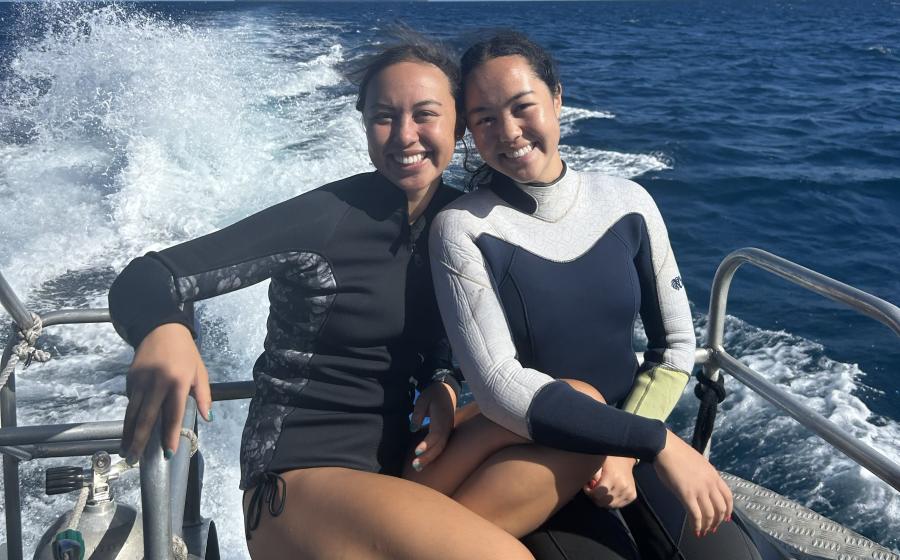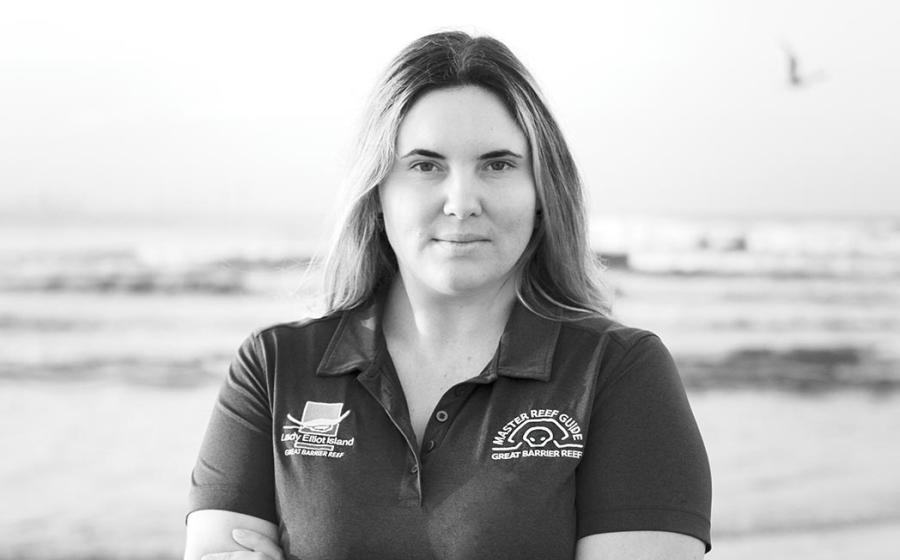Unique Places to Get Scuba Certified
Anyone can score their open water in a pool or sandy bottom bay. If you’ve been meaning to get scuba certified and want to add to the experience, with an out-of-the-box destination to amp up the fun, this list is for you.
Learn to Dive in an Underwater Art Museum
Baru Island — Cartagena, Columbia
Enjoy the art of learning to dive — and local Columbian sculptor, German Botero— in “MuMar”, a shallow, underwater eco-themed museum. With typically weak currents and small waves year-round, new and inexperienced divers can enjoy the warm (typically 80-82 degrees Fahrenheit) clear waters with viz reaching up to 130 ft. “By submerging works in the ocean, we can create art corridors in the bottom of the sea that can not only be appreciated by the people, but by the underwater marine ecosystems,” says Camilo Galeano, director of Foundation EL Color Azul. “It is our job, as a marine conservation foundation, to counteract the negative impact on the sea.” Declared part of UNESCO World Heritage in 1985, cultural and architectural hotspot Cartegena was a natural destination for the effort. Over 280 species of sea life, including nurse and reef sharks, stingrays, octopi, seahorses, moray eels and endless tropical reef fish can be spotted in the region.
Dive Shop: Buzos de Baru, a PADI Five Star Dive resort boasts a 21-year-plus continuous history of teaching at the top level and offering access to the gorgeous sites of this Caribbean paradise. Bonus— all videos and photos of your dive are included, so prep your friends for jealousy.
Learn to Dive in a Mall
The Dubai Mall— Dubai, U.A.E.

Dubai MallVisitors to the Dubai Mall watch divers enjoying the tank and scuba experiences offered.
Shop ‘til you drop, into a shark tank. You won’t be bubbling in the Dubai Mall’s famous dancing fountain, but at over 12 million square feet, leave it to the world’s largest shopping center to offer a dip with 33,000 aquatic animals to mark your open water cert. No, the initial dive doesn’t need to be nose-to-nose with the facility’s sand tiger sharks, reef sharks, leopard sharks, tawny nurse sharks, giant groupers and stingrays —there are 140 other species within the Dubai Aquarium and Underwater Zoo to meet while you clear that mask and toss/retrieve your reg. Taking three floors of the shopping center, there are, ahem, otter creatures to meet during your surface intervals—penguins and a king croc among the wild options.
Dive Shop: Founded in 1987, Al Boom Diving not only offers a PADI Open Water Certification in conjunction with the mall marine scene but advanced courses through to full IDC and a host of PADI Distinctive Specialties such as Dubai Aquarium and Underwater Zoo Diver, Underwater Archeology Diver and Underwater Crime Scene Investigator Diver.
Learn to Dive in a Volcano
Molokini Crater— Maui, HI

Shutterstock.com/jayzeekMolokini Crater as seen from above.
You might not be dodging active lava spouts in this crescent-shaped, partially submerged volcanic crater in Maui’s ʻAlalākeiki Channel, but the impressive feature dons many a postcard for a reason. Inside the crater, sandy bottom and shallow reef form habitat for nearly 250 species of fish to spot, many endemic to the Hawaiian Islands. Yellow tang, black triggerfish, raccoon butterflyfish, moorish idol, parrotfish, bluefin trevally, moray eels, spotted eagle rays, octopus and sea turtles all enjoy the crater life. The location in the middle of the channel lends itself to excellent visibility pushing 150 feet at times, and visits by passing pelagics like manta rays, humpback whales (visit December to April during humpback season and odds are great to inadvertently enjoy a whale watch en route to your dives) and though rare, even an occasional whale shark.
Dive Shop: Maui Diving Scuba Center offers everything from introductory dives of Molokini Crater to IDC. Dives are typically in the 25-60 foot depth range, though experienced divers and those extending their training through Advanced Open Water can explore the back wall, which dramatically drops off with shark cleaning stations and frequent pelagic sightings.
Learn to Dive in a Cemetery
Neptune Memorial Reef — Key Biscayne, FL

Courtesy Neptune Memorial ReefNeptune Memorial Reef
This actual Memorial Reef, designed by a marine biologist to attract and create a sustainable habitat for sea creatures, contains cremains and memorials to departed SCUBA and ocean lovers. Designed to embody a lost city of Atlantis vibe, the art and statues create a pleasant backdrop and marine life has made itself at home. Though not your typical expected destination for a check out dive, the site sits in just 15-45 feet of clear viz, low current sea, and family members and friends will often get certified to both attend the original service and to visit their loved ones on special dates of note— or to simply enjoy the progress of the artificial reef’s ecosystem. Over 50 different species of fish have been noted, with plentiful bluehead wrasse. Sergeant majors, bar jacks, and tomtates. With over 195 coral colonies identified, consisting of 14 species in the first decade alone and growing, this is now a true coral reef.
Dive Shop: Diver’s Paradise, a PADI Five Star dive shop is a preferred partner of the Neptune Memorial Reef. The shop often visits the three-mile-away reef for tours and classes, along with 60 wrecks and 30 reefs all located within a 30-minute boat ride from their dock.
Learn to Dive in an Aquarium
Downtown Aquarium— Denver, CO
Even mermaids love a cert card and at this intimate city aquarium, you can earn your PADI Open Water where “Ariel” and quite a few other marine friends like turtles, nurse sharks, eels, stingrays, large groupers (including one Queensland 400-pounder) and cod like to hang. *For those concerned, multiple dive environments allow new divers to ease in before they encounter their first toothsome, finned pal. The facility offers a wonderful adaptive program offering scuba experiences specifically for people with disabilities to discover the freedom and wonders of the underwater world.










